From humble beginnings: The quiet launch of a lasting legacy
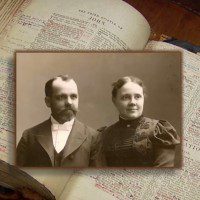
The weather on March 17, 1892, was fair, but chilly — typical for mid-March in Cleveland, Ohio. It was St. Patrick’s Day and Clevelanders were observing the Irish holiday in a variety of ways. Scheduled events included a lecture on “Ireland’s Schools and Scholars,” a special concert and theater production at a local church, and a banquet sponsored by the Philo Celtic Club. Others patronized local shops and markets. Crow & Whitmarsh was selling men’s socks at 25¢ for three pairs and Copco Soap for 4¢ a cake. Fuldheim’s was holding a closeout firesale featuring “$85,000 worth of the finest shoes and boots.” Baseball enthusiasts were at League Park to watch the hometown professional team, the Cleveland Spiders, play its first game of the year. The Plain Dealer predicted that the 1892 season would be the Spiders’ best ever, and it was. That game set the team on course to its winningest season during its brief history, thanks to the talents of the Spiders’ soon-to-be-famous pitcher, Denton True “Cy” Young.
Missing from the pages of Cleveland’s two main newspapers was any announcement about a new Christian Workers’ Training School that set to launch on St. Patrick’s Day. Of course, a tiny institution that drew a mere handful of students on its first day may have seemed too inauspicious to garner local media attention. Indeed, the unpretentious training school opened with little fanfare and dim prospects. And yet, a century and a quarter later, the school endures – in a new location, with a new name, and with an expanded mission…
– Excerpted from Malone University: A Commemorative History, by Professor of History Jacalynn Stuckey ’77
Historical Timeline
On the day of our founding, the doors to Northeast Ohio’s first Bible institute and training school opened. That day is the realization of a dream of J. Walter and Emma Malone.
More than 130 years later, Malone is a thriving Christian University for the arts, sciences, and professions dedicated to the integration of Christian faith and learning in the liberal arts tradition.
Timeline of Major Events
Founding and Cleveland Years
- 1892 – Date of founding. First classes on East Prospect (Carnegie) Avenue near Thirtieth Street, Cleveland.
- 1937 – Name changed to Cleveland Bible College. Authorized to award collegiate degree of Bachelor of Theology.
- 1945 – College moved to 3201 Euclid Avenue, Cleveland.
- 1956 – Name changed to Malone College. Decision to move to Canton and enlarge curriculum to include liberal arts and teacher education.
Malone Moves to Canton
- 1957 – Canton campus opened and liberal arts program established
- 1959 – College seal approved. The University motto, “Christ’s Kingdom First” appears in Latin — Regnum Christi Primum — with the symbolic open Bible, dove, and lamp.
- 1960 – “Pioneers” chosen by student senate as nickname for athletics teams.
- 1964 – Accreditation received from the North Central Association and full membership in the Ohio College Association.
1970 – 1999
- 1971 – Charter Membership in the Christian College Consortium.
- 1984 – First cohort of Malone College Management Program (MCMP) students began classes.
- 1989 – Approved by the Ohio Board of Regents to offer the Master of Arts in Education degree with Cores in Curriculum and Instruction or Reading.
- 1992 – Centennial celebrated.
- 1993 – Student lip-syncing competition, Airband, kicked off.
- 1995 – “Into the Streets” community service projects incorporated into Freshman Orientation Program.
2000 – PRESENT
- 2000 – Reclassified by Carnegie Foundation from BA-II to MA-I.
- 2008 – Board of Trustees voted unanimously to change the name of the institution to Malone University
- 2013 – Athletics teams officially began competing in NCAA Division II.
- 2014 – Cattell Library became the home of the Saint John’s Bible Heritage Edition, a modern illuminated Bible.
- 2017 – The Board of Trustees officially recognizes co-founder Emma Malone as inaugural co-president of the University
Past Presidents of Malone
The sketches of our past presidents are the handiwork of Barb Drennan, professor of art emerita, who taught at Malone from 1992–2015.
J. Walter Malone and Emma Brown Malone (1892–1918)
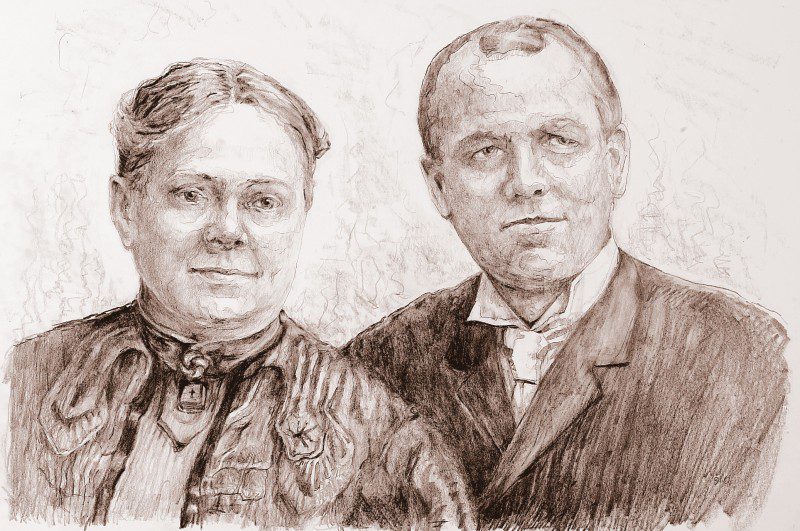
In 1892, the Malones realized their dream of opening a training school for young people called to full-time Christian service. Walter was known as the visionary, Emma the organizer. Together, they ushered in the 20th century, fulfilling the demands of operating the young Friends Bible Institute and Training School which eventually became the Cleveland Bible Institute. A recorded Friends pastor, Walter’s livelihood had been the successful family quarry business—his life, the ministry of the Bible Institute. So important to him was the fulfillment of the School’s mission it is commonly held that he provided financial aid to students and personally funded it for many of its beginning years.
Edgar A. Wollam (1918–1921)
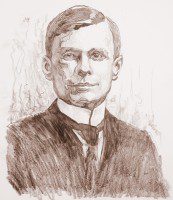
In 1911, alumnus Wollam left a pastorate in Denver to join the staff at Cleveland Bible Institute as field secretary, attracting many students. He is credited with helping the school make the transition to accepting leadership from a source other than its founders.
Charles W. Butler (1921–1936)
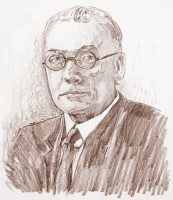
The Malones traveled to a Detroit conference to ask Butler to fill the then-vacant presidency. His particular skills in the area of financial management proved to be an answer to prayer. He is credited with eliminating the debt that had occurred as a result of the Great Depression.
Worthy A. Spring (1936–1948)
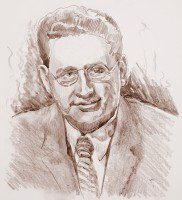
Spring distinguished himself as a leader while serving as pastor in churches located in Akron, Zanesville, and Cleveland before he was named president of Cleveland Bible Institute. During his tenure, the school changed its name to Cleveland Bible College and moved from Cedar Avenue to Euclid Avenue.
G. Arnold Hodgin (1948–1951)
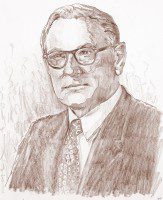
Hodgin brought with him a life rich in experience as a pastor, evangelist, and educator. He had served previously as chairman of the board for a number of years with the World Gospel Mission, as dean of a Bible Institute in Kansas, and as president of Azusa Pacific University.
Byron L. Osborne (1951–1960)
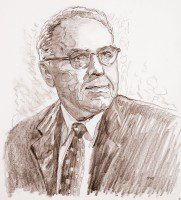
Osborne enjoyed a long and fruitful relationship with Malone, joining the staff in 1920 and eventually serving here for more than 70 years. He is best known as the president who brought Malone College to Canton. His distinguished career also included time as an ordained minister, missionary, and author (The Malone Story).
Everett L. Cattell (1960–1972)
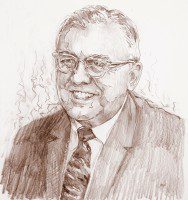
Cattell was named president following 20 years as general superintendent of the Ohio Yearly Meeting of Friends and missionary work in India. His presidency is remembered as the era when accreditation was sought and achieved. The Cattell Library bears his name.
Lon D. Randall (1972–1981)

Randall brought a keen interest in missions and higher education to his tenure at Malone. In 1980, he served as president of the Christian College Coalition. In 1981, he accepted the position of associate director of the Peace Corps, overseeing operations in Africa, North Africa, Asia, and Latin America. The Randall Campus Center bears his name.
Gordon R. Werkema (1981–1989)
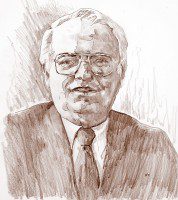
Werkema came to Malone after having served as president of Trinity Christian College in Palos Heights, Illinois, and as president of the Christian College Consortium during which he founded the Christian College Coalition. During his time at Malone, the school launched the Malone College Management Program and received approval from the Ohio Board of Regents and the Ohio Board of Nursing to offer the bachelor of science in nursing.
E. Arthur Self (1989–1994)
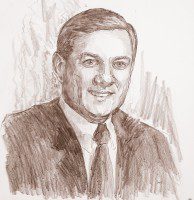
“Woody” Self’s tenure at Malone was highlighted by tremendous growth and development. Malone celebrated its Centennial under his leadership in 1992.
Ronald G. Johnson (1994–2007)
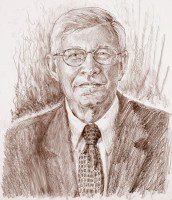
Johnson was a student, faculty member, and administrator at Malone before being named president in 1994. Under his leadership, the school experienced unprecedented development. He also oversaw the development of numerous academic programs and expansion of graduate programs. He supervised the construction of Mitchell and Haviland Halls. The Johnson Center for Worship and the Fine Arts bears his name.
Gary W. Streit (2007–2010)
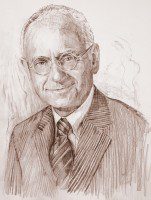
During Streit’s presidency, Malone celebrated 50 years in Canton. Most notably, under his leadership, Malone College became Malone University in October 2008.
David A. King (2012–2022)

During his tenure, King led the Institution through a strategic planning process; launched new academic programs, and launched a $25 million comprehensive campaign. King Field, the multipurpose athletic field at Pioneer Park, bears his name.
Rich Heritage, Bold Future
In 2017, we celebrated 125 years of Malone’s legacy in Christian higher education. Alumni and employees took a few moments to reflect on where Malone came from and where we were going.
